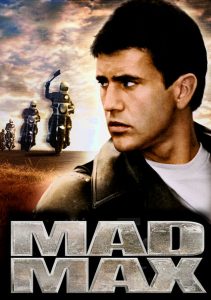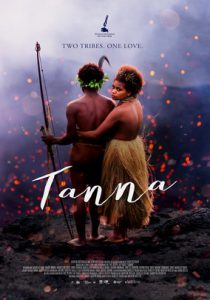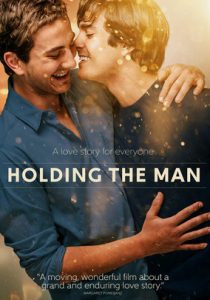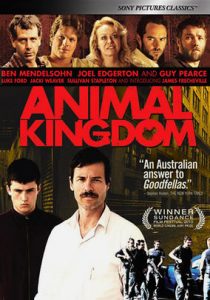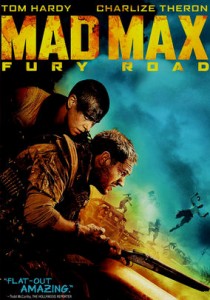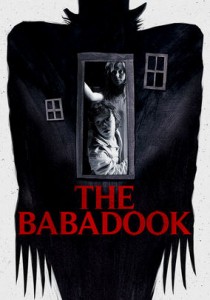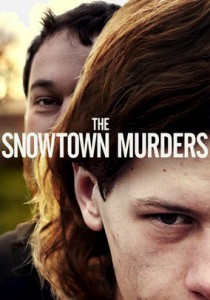The Year of Living Dangerously-1982
Director Peter Weir
Starring Mel Gibson, Sigourney Weaver, Linda Hunt
Scott’s Review #1,266
Reviewed June 16, 2022
Grade: B+
The Year of Living Dangerously (1982) is a solid political drama with enough intrigue, romance, and superior cinematography by Russell Boyd, to recommend it. It’s not an American film but Australian which gives it an authentic flavor even though events are primarily set in Indonesia.
If Mad Max (1979) didn’t make Mel Gibson a full-fledged pinup star The Year of Living Dangerously certainly did because it made him a romantic ladies’ man in addition to a rugged action star. He has a ton of good looks and charisma at this point in his career and arguably has never looked better.
One could say (okay, I flat out will) that Gibson is upstaged, unintentionally so, by stage actress Linda Hunt who gets the role of her life as a highly intelligent Chinese-Australian man suffering from dwarfism and key to the entire plot.
Hunt won the Academy Award for flipping gender norms on its head and making the film more progressive and memorable than it deserves to be. Her performance is timeless and rich in character flavor.
If not for Hunt and Gibson as the standouts the film is lost in the shuffle amongst the myriad of similar political dramas to emerge in the 1980s.
Missing (1982) starring Jack Lemmon and Sissy Spacek and Victory (1981) starring Sylvester Stallone are the films that The Year of Living Dangerously reminds me of.
Blow Out (1981) and No Way Out (1987) are two of the best political drama films to come out of the decade and all are assuredly influenced by All the President’s Men (1976) which is one of the best from the genre.
There are so many others that The Year of Living Dangerously feels forgotten and too similar to a standard formula to stand out. It also suffers at times from being either a romantic drama or a political thriller and it struggles to mesh the two satisfyingly.
After journalist Guy Hamilton (Gibson) arrives in Jakarta, Indonesia, he forms a friendship with dwarf photographer Billy Kwan (Hunt), through whom he meets British diplomat Jill Bryant (Sigourney Weaver).
Bryant falls in love with Hamilton, and she gives him key information about an approaching Communist uprising. As the city becomes more dangerous, Hamilton stays to pursue the story. However, he faces more threats as he gets closer to the government putting him and others passionate about the political turmoil, in great peril.
The romance between Guy and Jill is not bad but Weaver has had so many better roles than this one that it feels throwaway. She’s a smart lady who falls madly in love with Guy so easily that the formulaic context is obvious.
The movie poster makes the pair look like Rhett and Scarlett in Gone with the Wind (1939), unintentionally providing humor and ambiguity about what the film is going for.
It does best when it sticks to the political message.
The film is laden with foreign mystique and intrigue largely due to the exotic locale of Indonesia (the film was shot in the Phillippines which is a good double).
The plot is absorbing for what it is and the peril the journalists face is exciting. This parlays well with the real-life situation in which the film is based. In 1965, Indonesia was a hotbed of corruption and danger, and director, Peter Weir, managed to pull these sequences together well.
The main flaw is Weir doesn’t seem to know if he is crafting a political thriller or a romantic drama.
Back to the astounding Linda Hunt, the best scene of the film occurs when her character dies in Guy’s arms. Forget Weaver, the emotional core of the film belongs to Gibson and Hunt who have tremendous chemistry. The ambiguity of Billy, mostly because we know the gender of Hunt, is delicious.
In the end, the conclusion is mostly a happy one albeit predictable and the storyline feels unsatisfying.
A nice effort and relevant in 1982, The Year of Living Dangerously has energy and polish. It just feels too familiar and similar to other genre films to stand out, save for Linda Hunt and Mel Gibson.
Oscar Nominations: 1 win-Best Supporting Actress-Linda Hunt (won)

